Physics
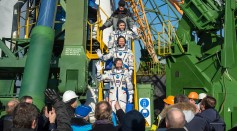
NASA Awards 2 Proposals; Invests $2M For Oxygen Recovery Technologies
Selling His Most Prized Possession-The Nobel Prize
Liquid Metal Antennae and the Future of the Internet of Things
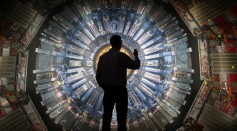
Research on a Grand Scale: Over 5,000 Scientists Come Together for Record-Breaking Publication
The Quandaries of a Modern Ecologist—How Ecological ‘Flash Mobs’ Are More Like Magnets Than You Might Think
Can Magnetism Bend Heat And Sound? Study Reveals A New Dimension to Magnetic Fields
How One Innovation May Change the Solar Energy Game Forever
VIDEO—Watch How Researchers Tricked Light Into Revealing Its Paradoxical Nature
The Light Theory—How Researchers Are Proving Einstein Right With a Snapshot

Large Hadron Collider Upgrades Are Complete as Researchers Gear Up for 2015
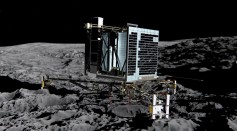
ESA’s Philae Lander May Take the Prize, But Here Are 9 Other Breakthroughs of 2014 Also Worth the Award
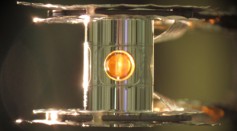
ESA’s Philae Lander May Take the Prize, But Here Are 9 Other Breakthroughs of 2014 Also Worth the Award
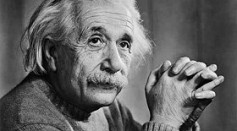
A Historian’s Paradise—Albert Einstein Archives Continue to Grow
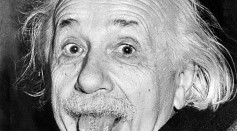
E=MC^2 Wasn’t His Only Thought—New Archive Reveals Einstein’s Love and Laughter
Most Popular

Plato’s Long-Lost Grave Found Using AI To Decipher Herculaneum Scrolls; Greek Philosopher Had Been Sold Into Slavery: Report

Cancer Risk Surges in Beirut Due to Airborne Carcinogens From Diesel Generators

Why Blue-Green Roofs Are Better Than Green? Is the Technology Applicable to Every Building?

Kaffa Roastery Partners With AI Consultancy Startup Elev To Create AI-Conic Blend of 4 Coffee Beans






